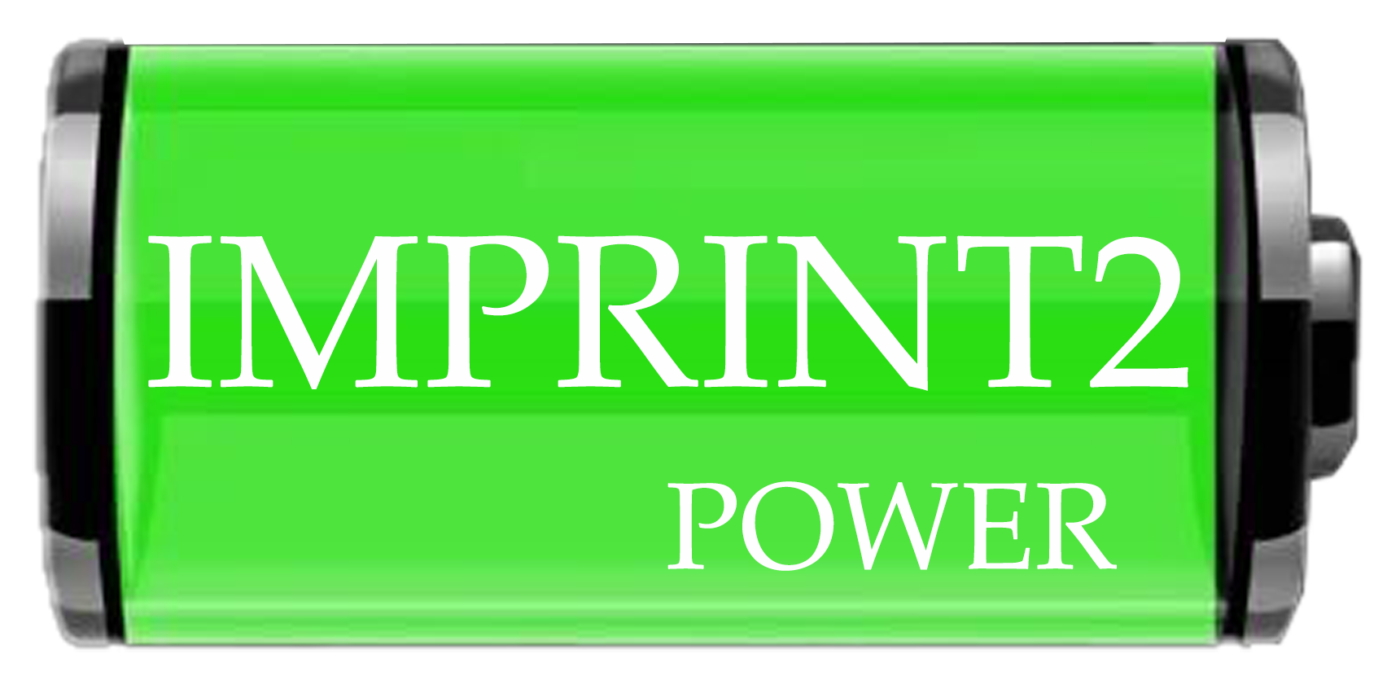Click to learn more about lithium batteries==>>
Various lithium battery procurement customization==>>
Low-temperature lithium-ion battery is one of the development directions of lithium-sulfur ion electrode technology in the future, which can maintain a long time between -50 °C and 200 °C and has a high energy density. However, many factors can cause low-temperature lithium-ion batteries to malfunction, safety hazards, instability during charging, and generation of harmful gases, so their practical application is not very wide. Among the lithium metal anode materials, the electrochemical activity of lithium sulfur is very low, which leads to serious instability problems in the battery. In addition, the use of electrolytes as electrodes can cause problems such as capacity loss in batteries. Therefore, there is a need to develop new battery structures that allow lithium ions to work without interruption. In order to overcome the above problems, researchers have proposed many new design ideas to solve these problems.
Theoretical analysis of lithium-sulfur batteries at low temperature
Although the current operating temperature of lithium-ion batteries has exceeded 100 °C, the charging and discharging process still needs to maintain a low operating temperature. Low-temperature charge-discharge experiments on lithium-sulfur batteries can simulate the diffusion process of lithium ions in lithium-sulfur batteries. The researchers found that the diffusion amount from Li ions to Sr ions increased with decreasing temperature, the reason was that Sr molecules were activated at higher temperatures (150°C to 200°C), and Sr could promote the deposition of lithium ions inside lithium sulfur. Diffusion leads to the entry of Sr molecules into the Li/S interface; there is also a partial interaction between Sr and S atoms. Therefore, the purpose of maintaining capacity at higher temperature (100°C to 150°C) can be achieved by changing the content of sulfide in the reaction. In addition, since the Li/S interface may suffer from a weak charge transfer capability, using sulfur as the cathode may be a more feasible solution. At the same time, lithium-sulfur batteries can be used as a direction to be considered in future battery development due to their high quality, low cost, and long cycle life.
Lithium-ion batteries still have the potential to be used at ultra-low temperatures of minus 100°C, especially at low temperatures. However, due to the peroxidation reaction inside the lithium-ion battery, the heat of charge and discharge will change, so the practical application of low-temperature lithium-sulfur batteries at minus 100 °C has not yet been realized. In order to make the lithium-ion battery fully charged at minus 100 °C, the electrode or electrolyte of the lithium-sulfur battery should use electrode materials with excellent performance, such as carbon nanotubes, polymers or metal oxides. In addition, under the ultra-low temperature conditions of minus 100 ℃ ~ 0 ℃, the electrolyte must be able to ensure that the water in the electrode and the electrolyte can be discharged in time. When the ultra-low temperature charging is performed in the range of minus 100 ℃ ~ 0 ℃, the peroxidation reaction generated inside the lithium-ion battery cannot be discharged in time, resulting in a sharp shortening of the cycle life. Therefore, it is particularly important to better control and protect Li-ion batteries at ultra-low temperature. Therefore, researchers should continue to explore the development of more efficient and safe electrodes and electrolytes in ultra-low temperature Li-ion batteries in the future.
Lithium-sulfur ion batteries perform well in ultra-low temperature environments. They can not only charge and discharge between -50°C and -40°C, but also discharge stably between -70°C and -100°C. It has high application potential, but because the battery needs to use ultra-low temperature electrolyte and extremely low operating voltage, its charge and discharge efficiency is low. Therefore, it is very important to develop lower-performance lithium-sulfur-ion batteries for their applications. In addition, researchers should improve safety during charging and discharging of lithium-sulfur-ion batteries. In addition, the electrodes and electrolytes of lithium-sulfur batteries should be further studied, and the cycle stability of lithium-sulfur batteries should be improved by adjusting battery parameters to achieve low-voltage operation of batteries.

